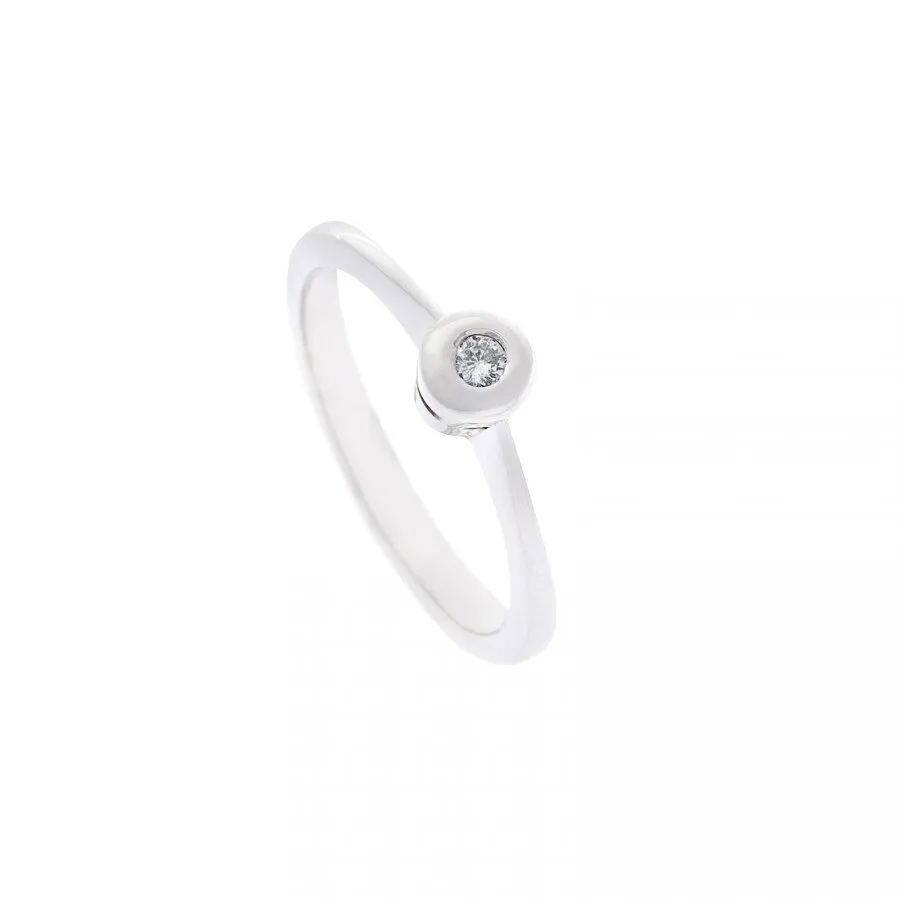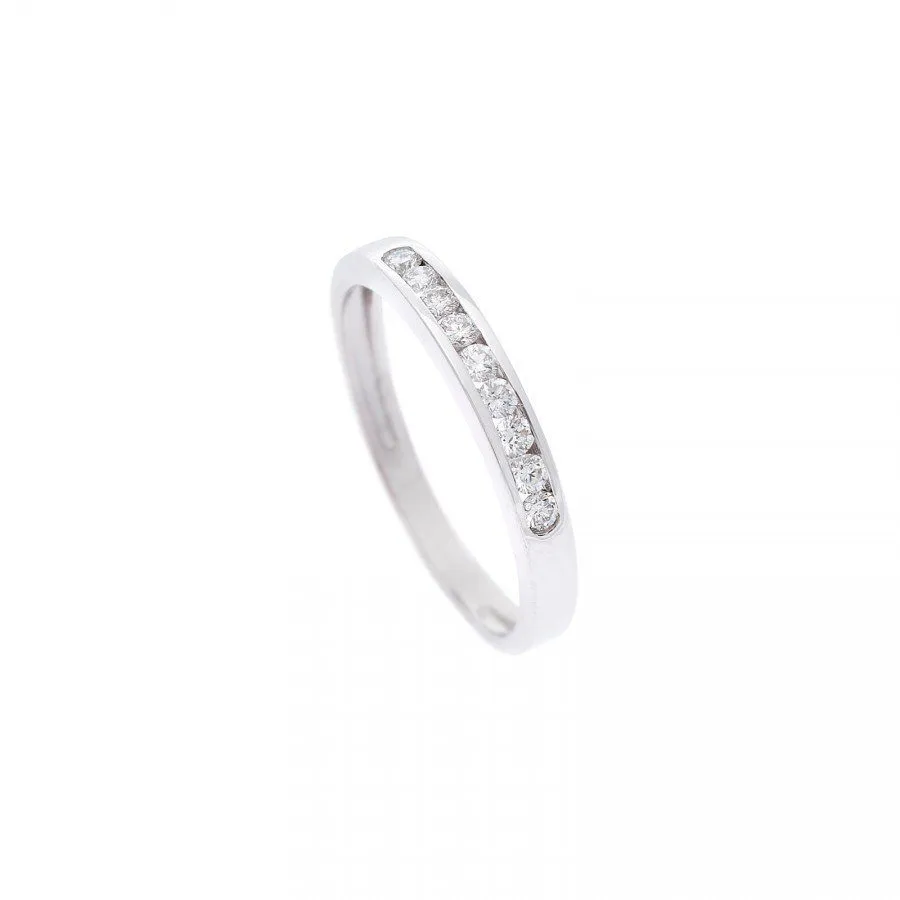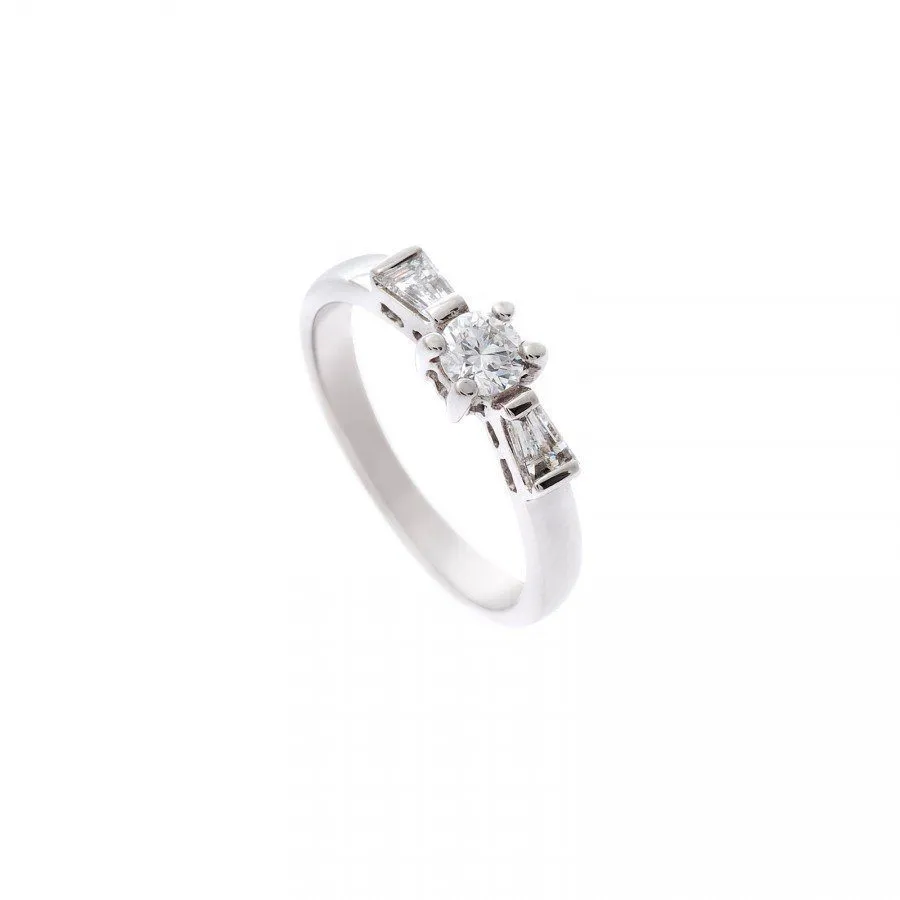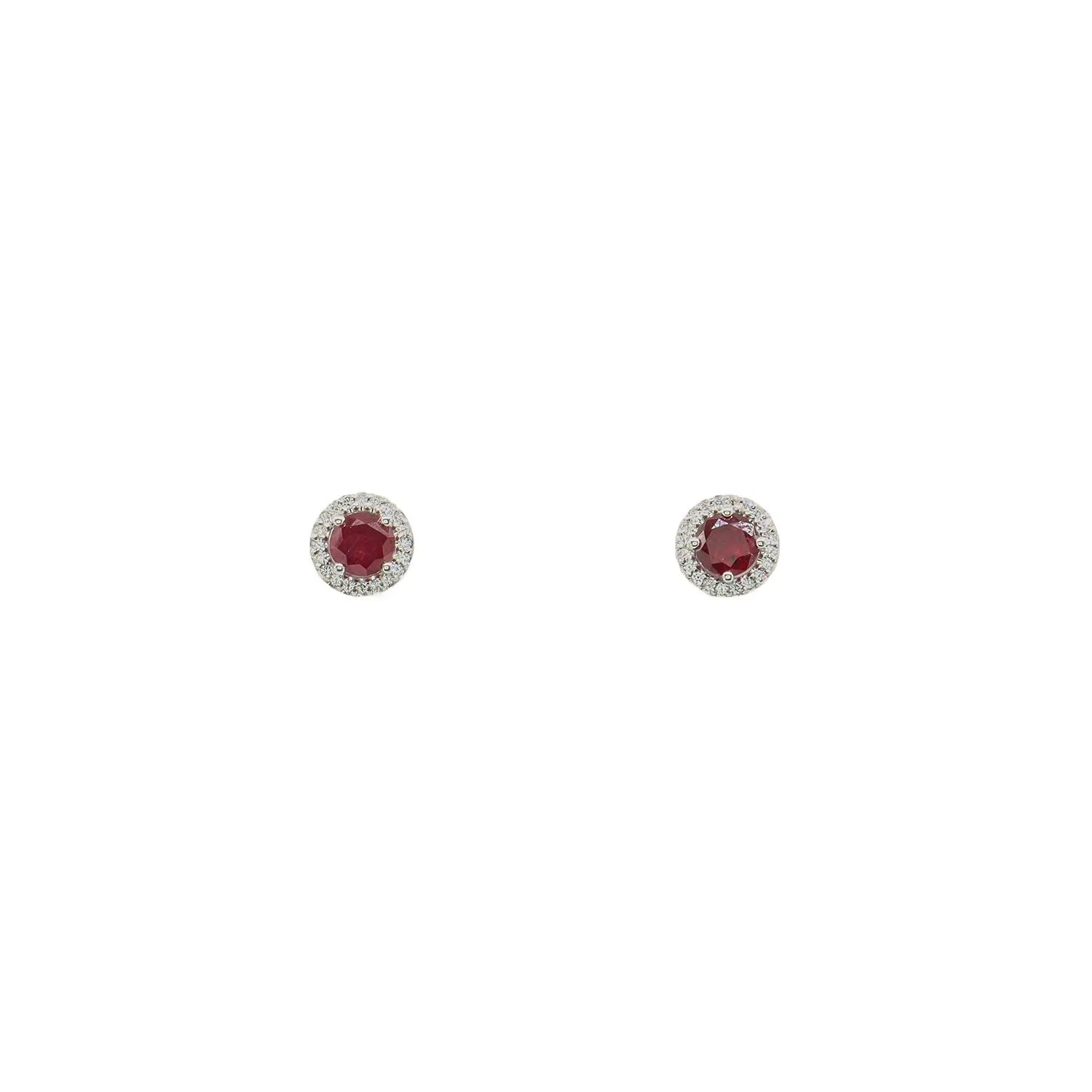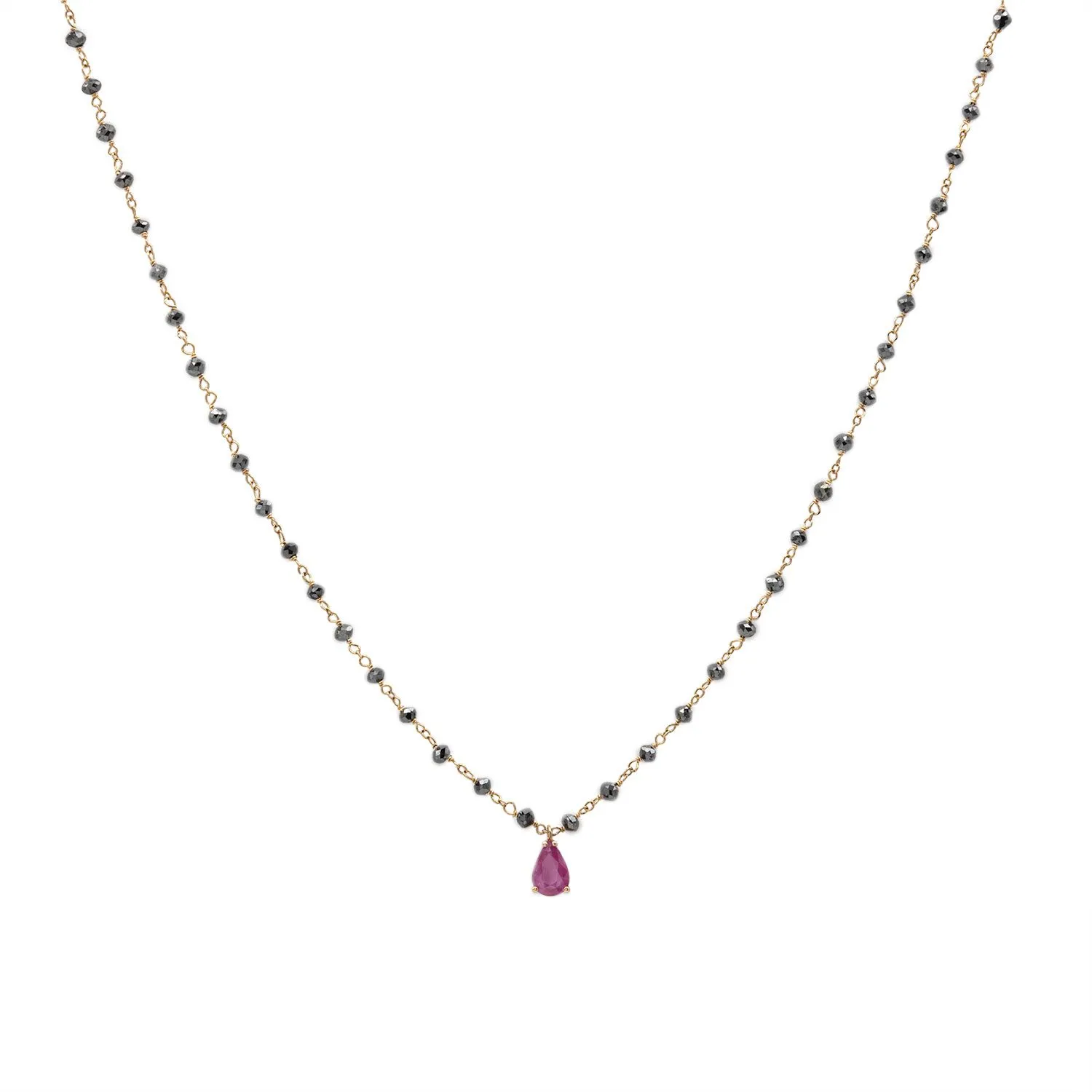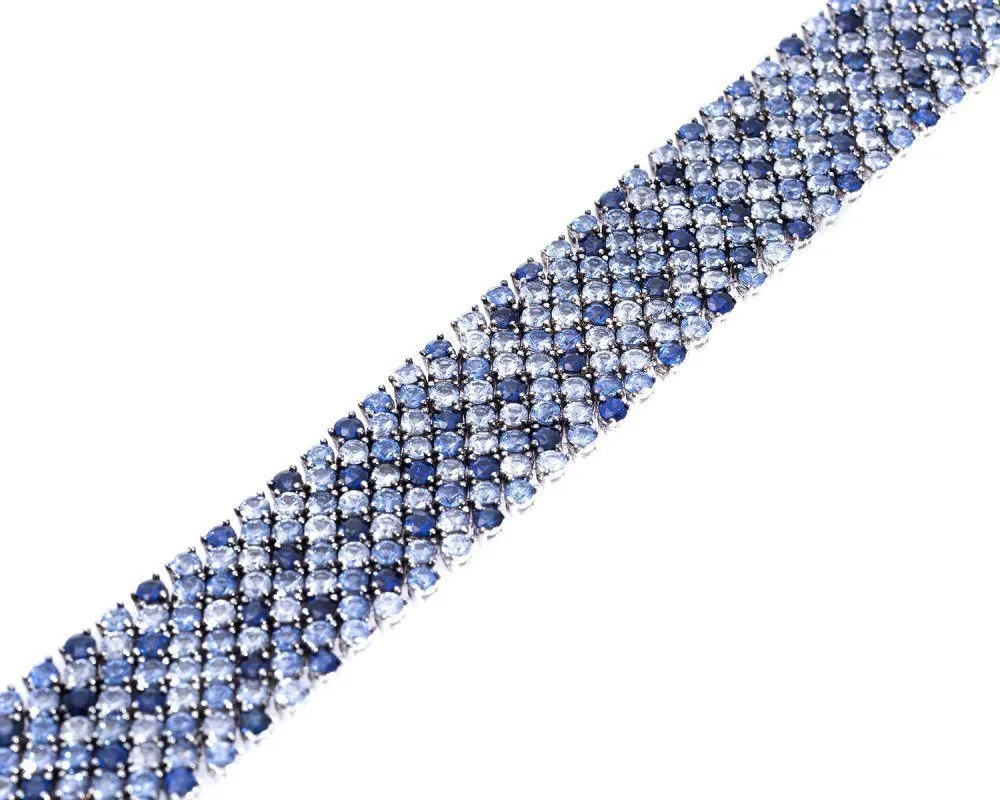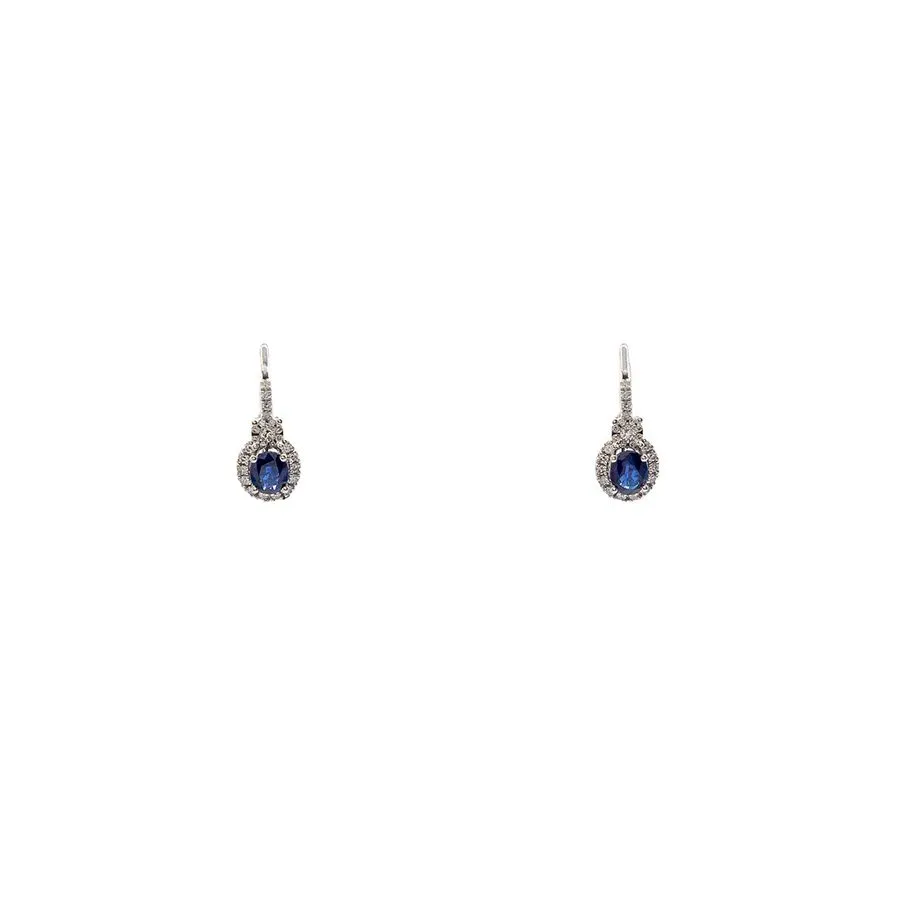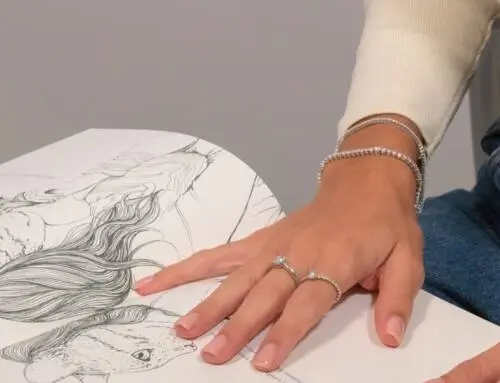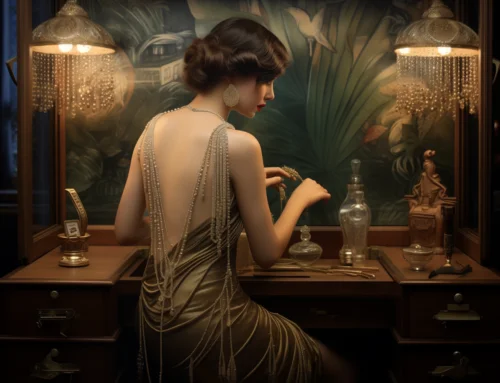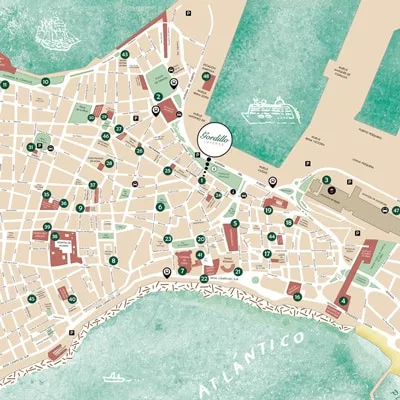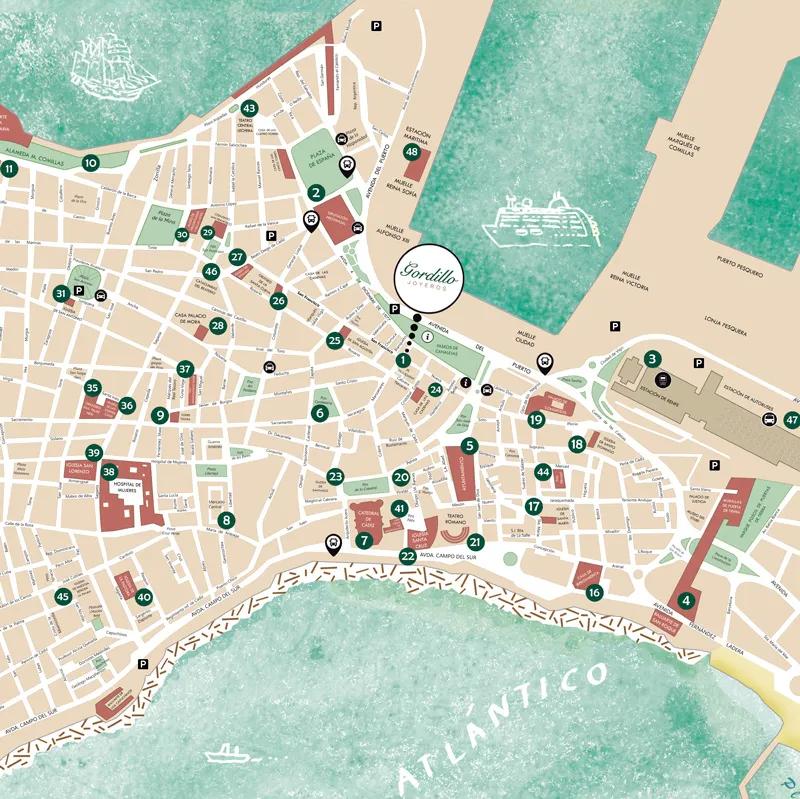Guide to classify the hardness of gems in jewelry
In the high jewelery sector, understanding the hardness of gemstones is critical to selecting the right pieces that can withstand daily wear and tear. For this reason, on this occasion, we want to delve a little deeper into this topic, because we believe that knowing about it will help you choose your next jewel.
Without going into technicalities, we are going to clarify any doubts that may arise about the hardness of minerals, as well as talk about the tool used in gemology to measure this characteristic: the Mohs scale, defined by the German geologist Friedrich Mohs in the second decade of the XNUMXth century.
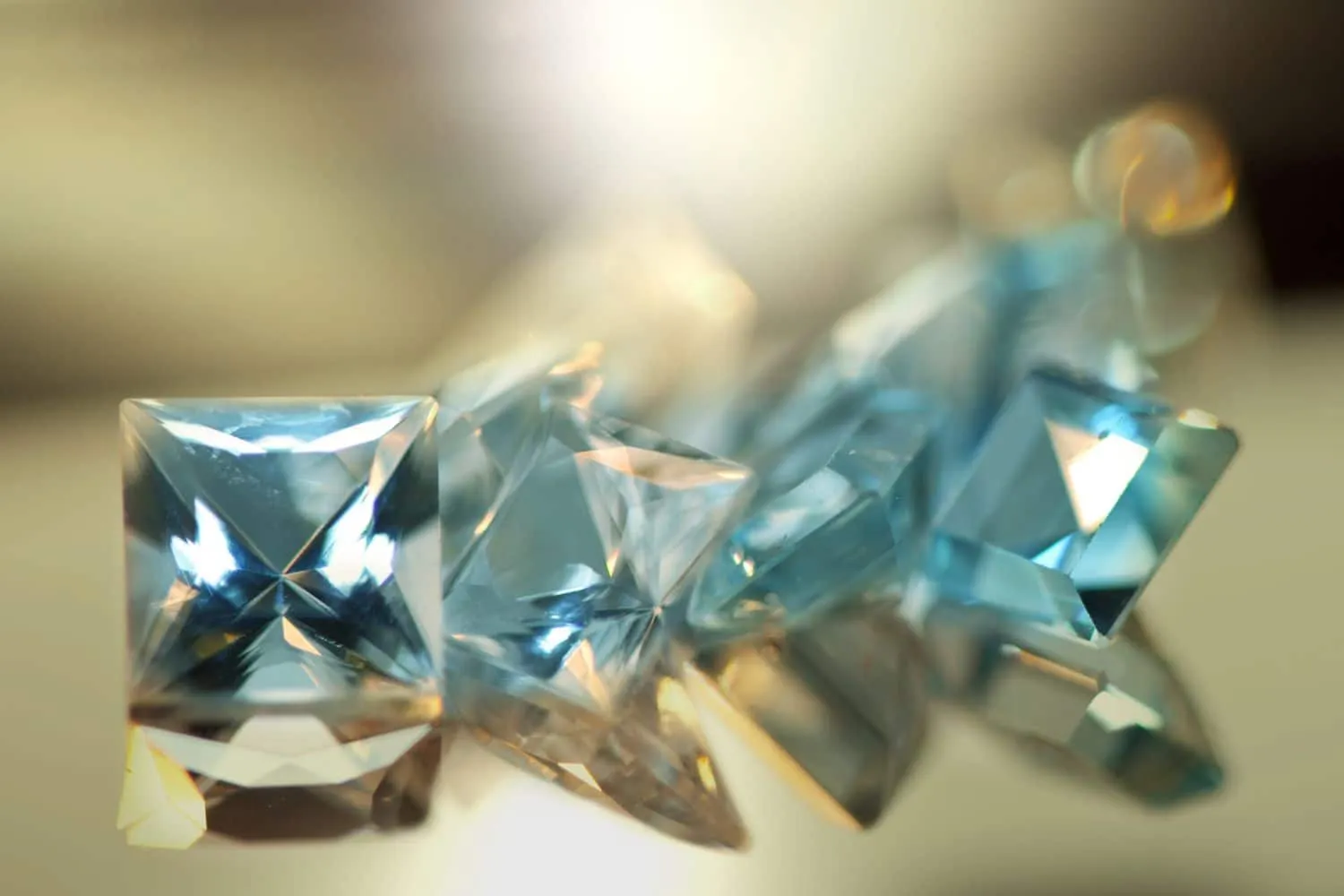
The resistance of minerals
The hardness of the gems is one of the most important properties of these stones, but do you know what exactly it consists of? Too easy. When we talk about this characteristic, we are referring to the resistance that minerals have to their surface being scratched.
But let's delve a little deeper, since, although hardness can be measured through different methods, such as the Knoop hardness test or the Rosiwal scale, the most frequently used method is, without a doubt, the one defined by Mohs. And it is that on the Mohs scale it is easy to find out and quickly the hardness of minerals. It would be as simple as memorizing it or taking a look at it when needed.
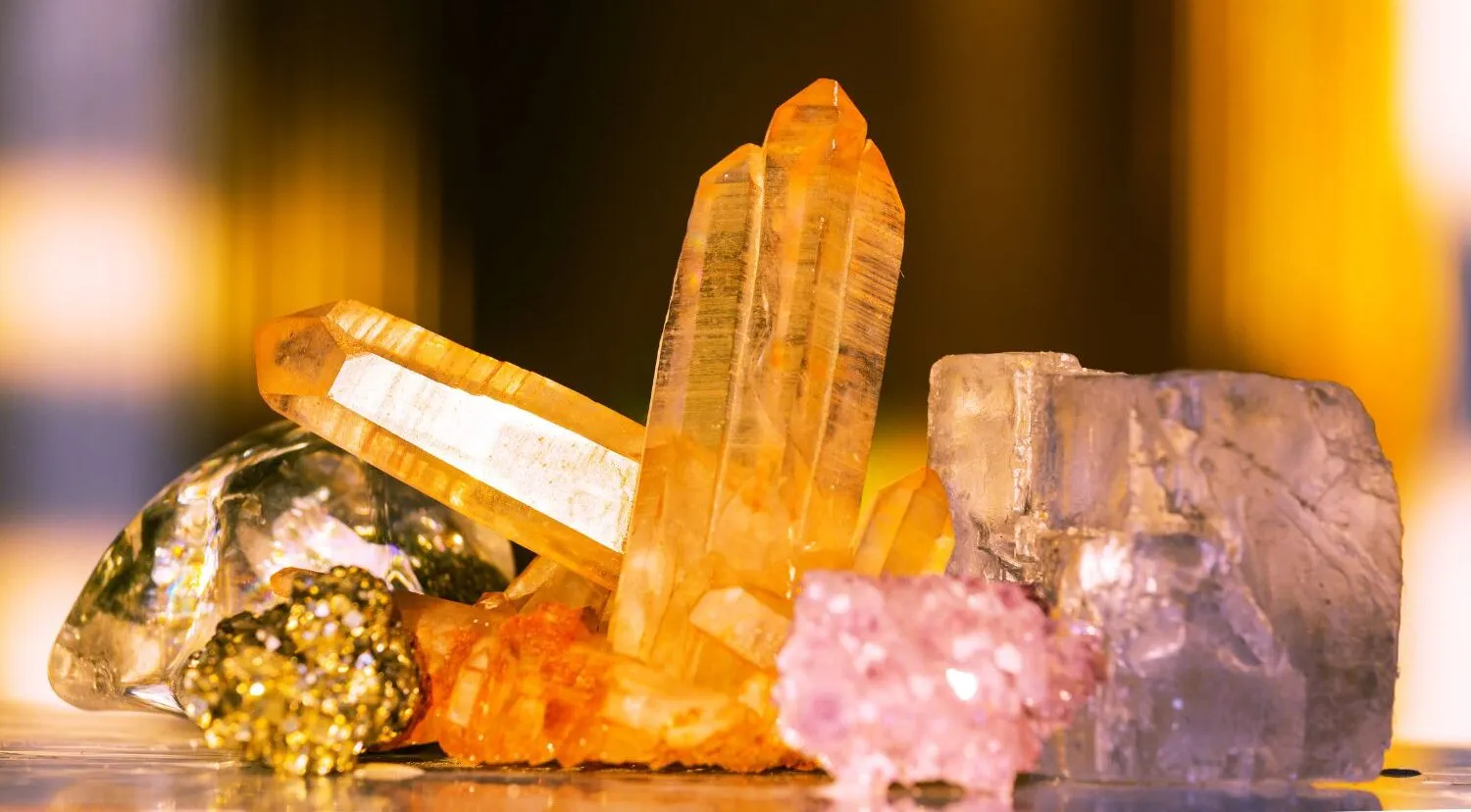
Mohs scale: which mineral borders which mineral?
The Mohs scale, which assigns numerical values from 1 to 10 (from lowest to highest hardness), is based on the principle that any mineral can scratch softer ones. However, the opposite cannot happen. This means that it tests which mineral scratches it and which one scratches it. This is how the hardness is fixed.
And, yes, we suppose you are thinking what happens when the hardness of the minerals coincide with each other. Well, in this case, both minerals will scratch each other.
Now we are going to take one more step so that you can see everything more clearly. In the list of minerals that appear on the Mohs scale, which are 10 in total, diamond has the highest hardness, while talc has the lowest. What does this mean? This means that diamond, with a hardness of 10 on the scale, can scratch all minerals, and that talc, with a hardness of 1, is incapable of doing it with any.
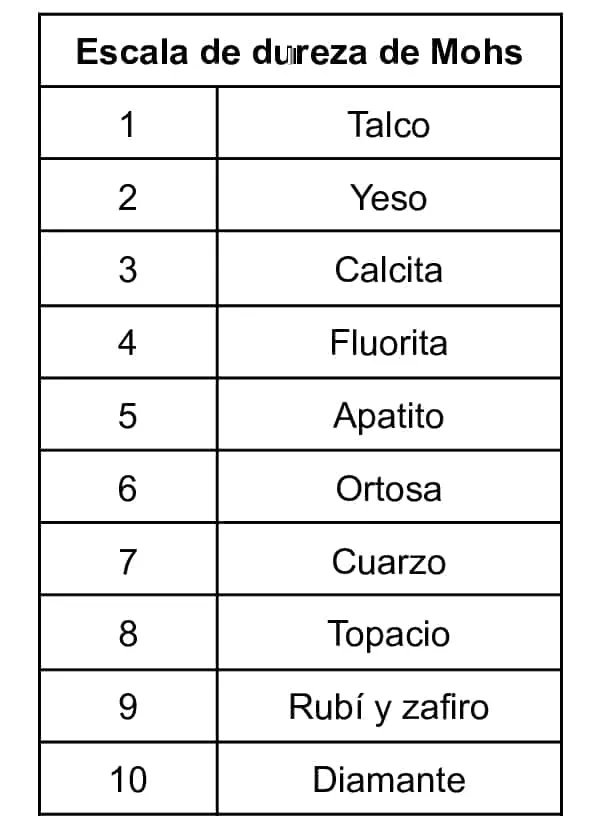
Is it important to know the hardness of gems when choosing a jewel?
There is no doubt that it is. The hardness of a gem is a fundamental aspect that must be taken into account when choosing a jewel, since, according to what we have seen above, it determines its resistance to scratches, damage and wear over time.
The harder gemstones are ideal for jewelry that is worn on a daily basis. and that, due to their symbology, will endure over time, such as engagement rings and wedding rings that carry diamonds, rubies or sapphires. These resist constant use better and maintain their original appearance for longer.
On the other hand, softer gemstones may be more prone to scratching or easily marring, affecting their durability and appearance.

Top 3 of the gems with the highest hardness
To give this post a little more life and emotion, we will give you some brushstrokes about the three gems that appear on the Mohs scale as stones of greater hardness: diamond, ruby and sapphire.
Diamond: the invincible gem
Diamond has a hardness of 10 on the Mohs scale, which means that it cannot be scratched by any other mineral. This may be the reason why the Greeks called this gem adamas, which means indomitable, invincible. It is the origin of its current name.
This precious stone is highly valued and coveted not only for its great hardness, but also for its beauty and luminosity. And if not, remember that this stone has been in some way the protagonist in some of the most mythical and memorable films in history, such as Breakfast at Tiffany's, starring Audrey Hepburn and George Peppard, or Gentlemen prefer blondes, starring Marilyn Monroe and Jane Russell.
It is such a fascinating and extremely hard stone that it is even used in the construction or metallurgy industry, among others, for cutting and polishing. This is possible thanks to cutting discs and tools inlaid with diamond dust that cut and shape materials such as stone or concrete, among others.
Currently, the diamond is one of the most used gems in the design and creation of jewelry. It is also usually the stone most chosen by those seeking engagement jewelryFor example, the most classic and traditional ring, the one popularly known as solitaire, designed in white gold with a diamond.
Ruby, passion red
This stone has fascinated humanity for centuries. On the Mohs scale it has a hardness of 9, which means that it can only be scratched by diamond. Its intense red color and its spectacular brightness make it a gem associated with passion and love for many people. The most valued ruby is the one with a very vivid red hue with a very light purple undertone. It is known as pigeon blood.
This gem, like the diamond, has also been part of cinematographic history. For example in The Wizard of Oz, its protagonist, Dorothy Gale, played by Judy Garland, wore the ruby shoes with which, by clicking their heels together three times, she returned home.
As you can see, it is another stone that acquires a lot of prominence wherever it goes. But emphasizing the jewels where it is set, it is used above all in pieces made of white gold, which tend to have a more classic appearance, such as the Cheetah earrings, white gold and rubies; and in rose gold, in a more current style, like the atara choker, which is also combined with black diamonds.
Sapphire, power of attraction
A gem of singular beauty and charm, the sapphire has exerted an irresistible power of attraction throughout history. It has a hardness of 9 on the Mohs scale, so like ruby, it can only be scratched by diamond. Although the best known is the blue sapphire, there are more colors such as green, yellow, purple, violet, pink or orange.
This stone also has some curiosities in the world of arts. On some occasion, the famous painting by Vincent van Gogh The starry Night It has been compared to sapphires, since the artist shows an intense blue starry night sky in his work.
But going back to jewelry, the pieces with this precious stone usually have very versatile designs that, depending on the style of each person, can be worn both daily and on special occasions. However, and according to our experience, blue sapphire earrings are very successful among brides, such as, for example, the Monica earrings, made in white gold. It is an elegant and striking way to resort to tradition and wear something in that color on the day of the wedding.

